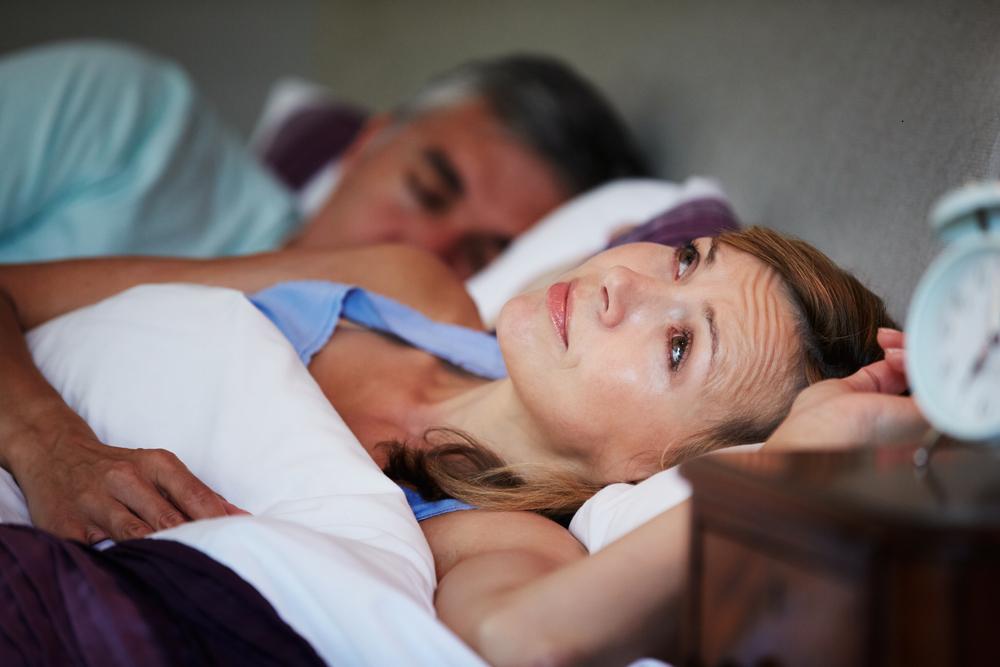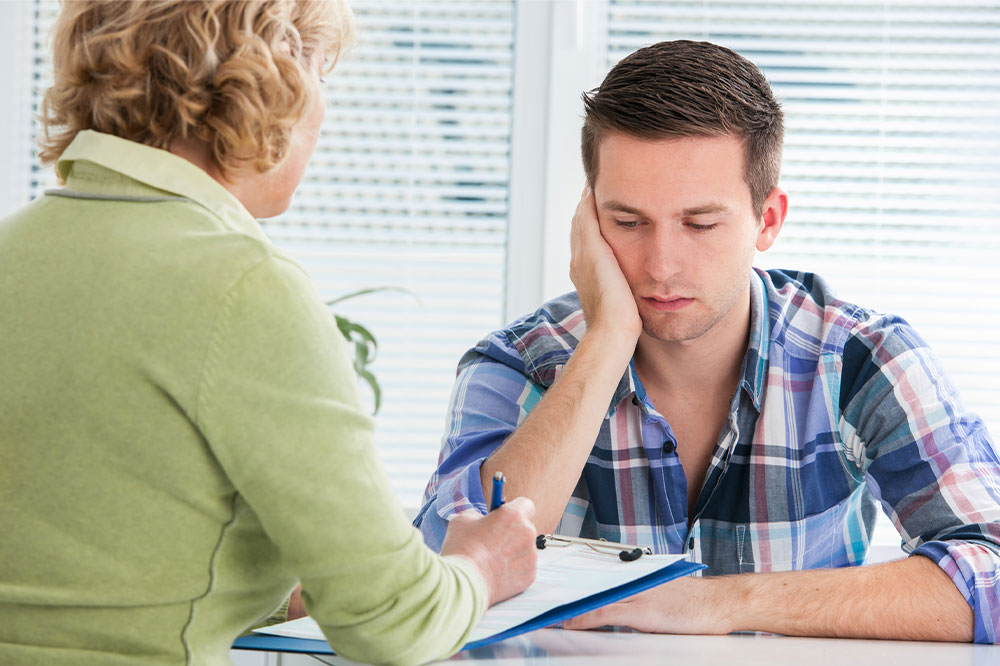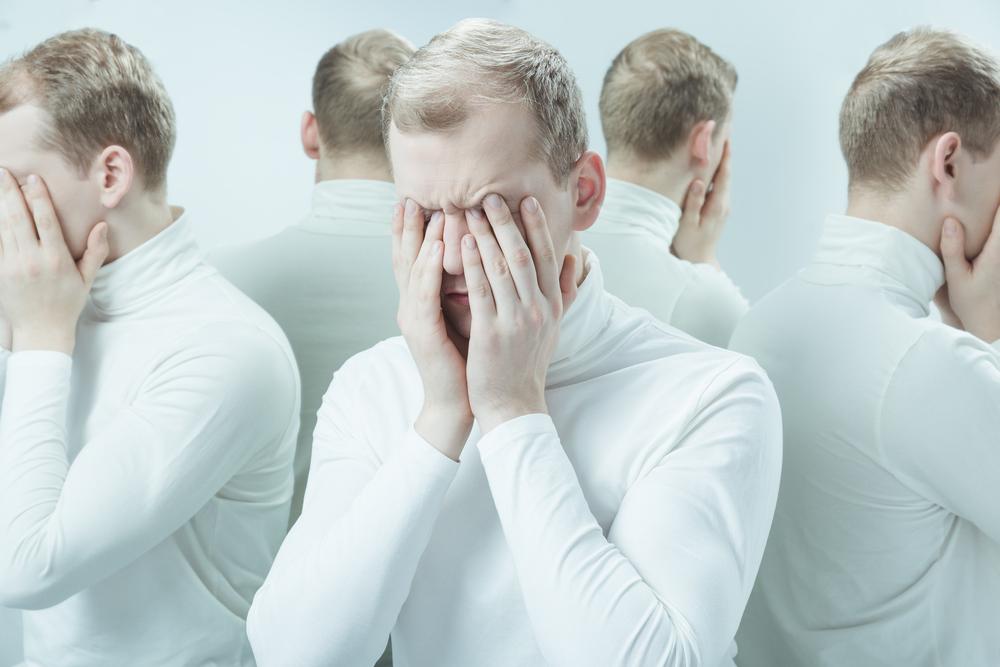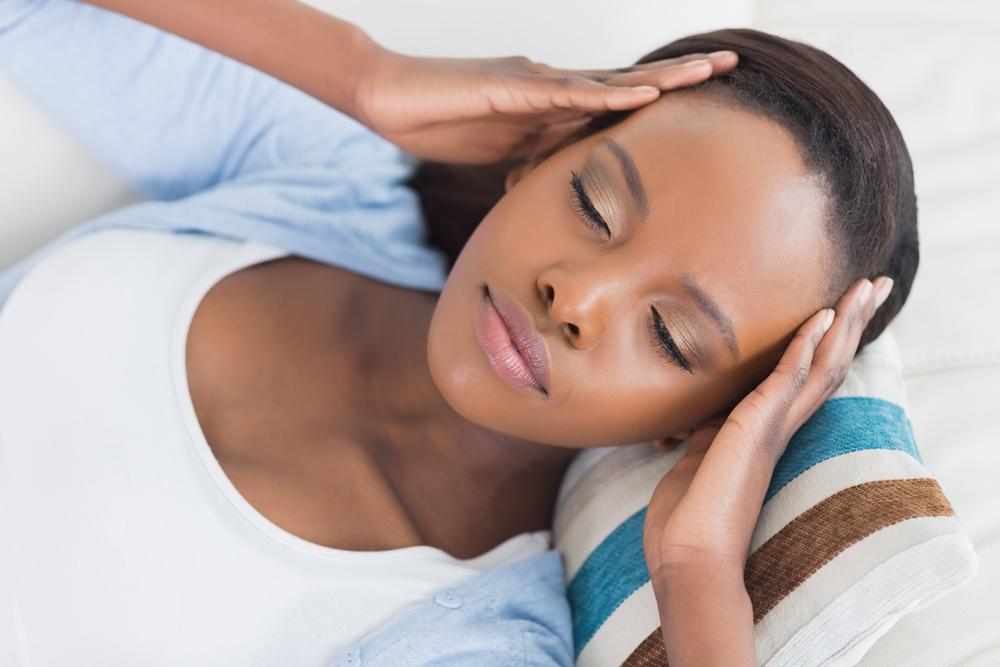Recognizing Anxiety Symptoms and Effective Strategies for Management
This article explores common signs of anxiety and practical methods to manage episodes effectively. It highlights physical symptoms like rapid heartbeat, trembling, and numbness, and shares simple techniques such as stretching and breathing exercises to help those experiencing anxiety attacks. Understanding these symptoms and strategies can empower individuals to handle anxiety more confidently and seek professional support when needed.

Understanding Signs of Anxiety and Practical Ways to Manage It
Many often mistake anxiety for mere nervousness or restlessness. You might feel uneasy about a presentation or waiting for an appointment, but that doesn’t necessarily mean you’re experiencing anxiety. Anxiety is a mental health condition characterized by persistent worry and behavioral patterns. While triggers can cause feelings of nervousness, panic, or restlessness, anxiety involves specific symptoms and reactions that go beyond everyday emotions.
Although symptoms differ among individuals, the body's primary response to anxiety is the 'fight or flight' mechanism. When overwhelmed, you may experience heightened senses, rapid heartbeat, shaking, shallow breathing, and a strong urge to escape or hide. These physical reactions are typical during anxiety episodes.
An anxiety attack can strike unexpectedly, with or without warning, lasting from a few seconds to about thirty minutes. During such episodes, individuals often fear for their life, but it’s mainly caused by adrenaline surges. Common signs include intense panic, rapid breathing, trembling, heart pounding, numbness, detachment from surroundings, and fear of death. Recognizing these signs can help you manage episodes better.
To cope, simple techniques can make a difference. Stretching and yawning can reduce muscle tension. Drinking ice-cold water can lower body temperature and ease panic. Focusing on peripheral vision through breathing exercises helps activate the relaxation response. Practicing these methods can aid in calming anxiety during episodes.
Important Note: This information is meant to provide general insights on anxiety and coping strategies. It should not replace professional medical advice. If you experience frequent or severe anxiety, consult a healthcare provider for proper diagnosis and treatment.










